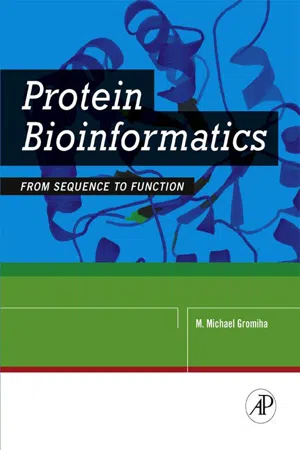
- 339 pages
- English
- ePUB (mobile friendly)
- Available on iOS & Android
About this book
One of the most pressing tasks in biotechnology today is to unlock the function of each of the thousands of new genes identified every day. Scientists do this by analyzing and interpreting proteins, which are considered the task force of a gene. This single source reference covers all aspects of proteins, explaining fundamentals, synthesizing the latest literature, and demonstrating the most important bioinformatics tools available today for protein analysis, interpretation and prediction. Students and researchers of biotechnology, bioinformatics, proteomics, protein engineering, biophysics, computational biology, molecular modeling, and drug design will find this a ready reference for staying current and productive in this fast evolving interdisciplinary field.- Explains all aspects of proteins including sequence and structure analysis, prediction of protein structures, protein folding, protein stability, and protein interactions- Presents a cohesive and accessible overview of the field, using illustrations to explain key concepts and detailed exercises for students.
Frequently asked questions
- Essential is ideal for learners and professionals who enjoy exploring a wide range of subjects. Access the Essential Library with 800,000+ trusted titles and best-sellers across business, personal growth, and the humanities. Includes unlimited reading time and Standard Read Aloud voice.
- Complete: Perfect for advanced learners and researchers needing full, unrestricted access. Unlock 1.4M+ books across hundreds of subjects, including academic and specialized titles. The Complete Plan also includes advanced features like Premium Read Aloud and Research Assistant.
Please note we cannot support devices running on iOS 13 and Android 7 or earlier. Learn more about using the app.
Information
Proteins
Publisher Summary
1.1 Building blocks
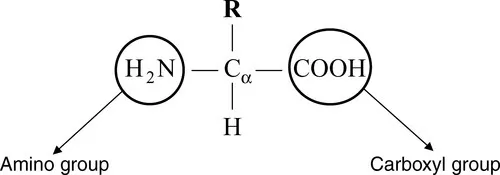
1.1.1 Amino acids
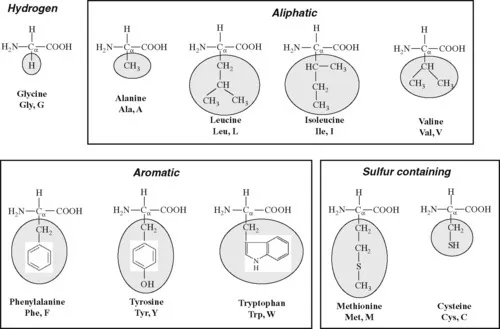
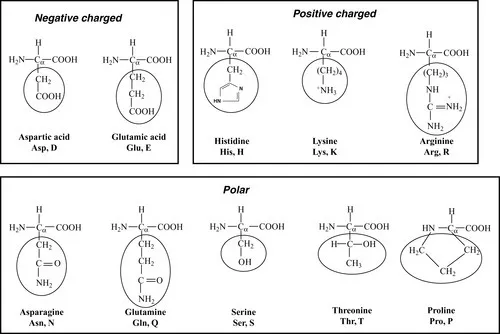
1.1.2 Formation of peptide bonds





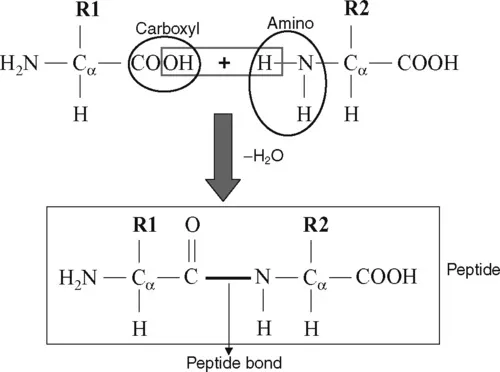
Table of contents
- Cover image
- Title page
- Table of Contents
- Copyright page
- Dedication
- Foreword
- Preface
- Acknowledgments
- Chapter 1: Proteins
- Chapter 2: Protein Sequence Analysis
- Chapter 3: Protein Structure Analysis
- Chapter 4: Protein Folding Kinetics
- Chapter 5: Protein Structure Prediction
- Chapter 6: Protein Stability
- Chapter 7: Protein Interactions
- Appendix A
- Index
- Color Plate